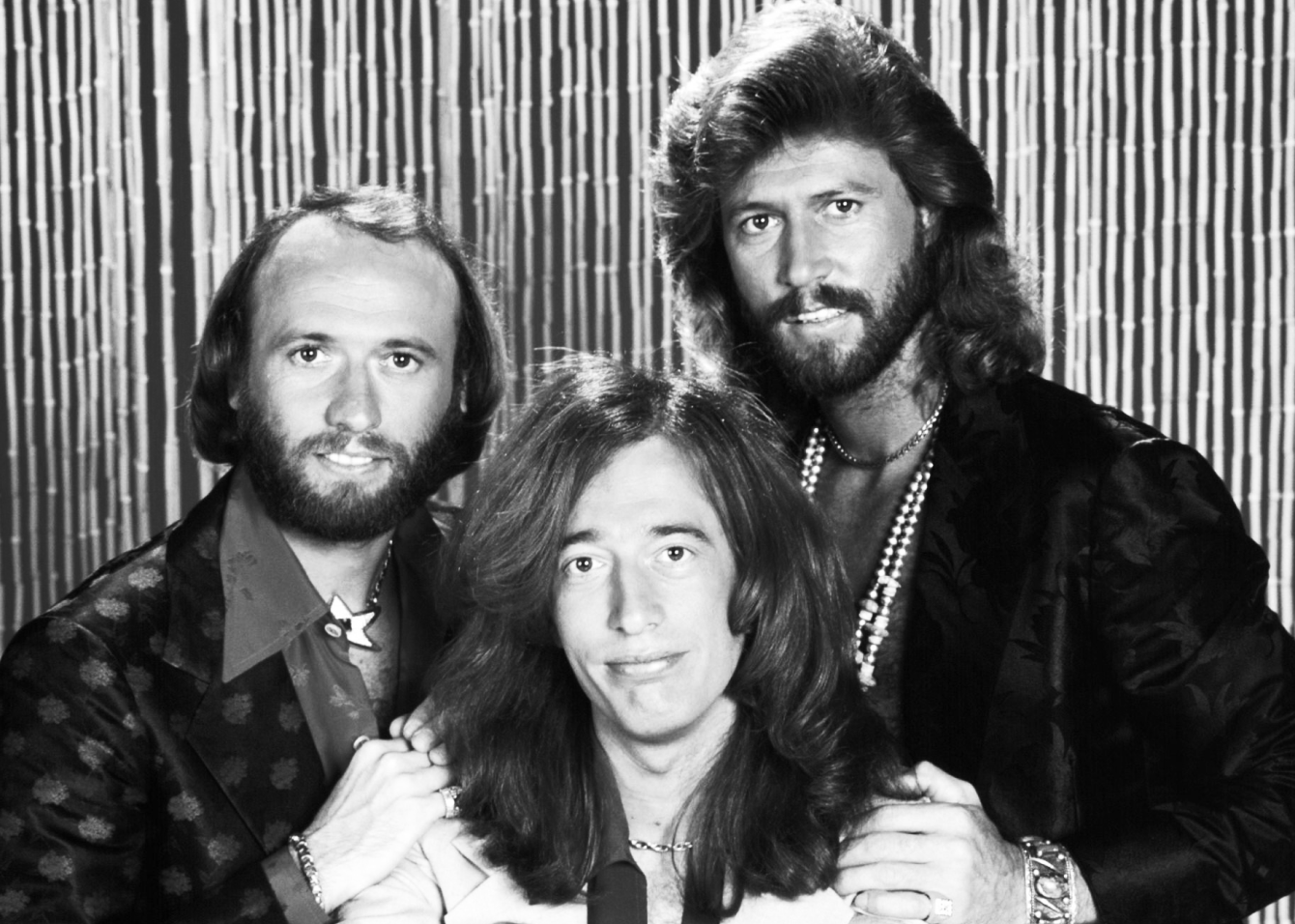“People don't buy what you do; they buy why you do it. And what you do simply proves what you believe.”
Those words came from Simon Sinek all the way back in 2009, in his book “Start with Why”. If it was true then, it’s exponentially truer today, with case study after case study and even broader research studies proving repeatedly that a purpose-led approach to business can pay off in spades.
But for most business leaders, it can be easy to write off this whole phenomenon as irrelevant when the most buzz-worthy stories highlighting the power of brand purpose are ones like Nike’s and Gillette’s, where brands are courting major controversy, making bold political statements, and taking on a level of risk that is just plain unthinkable for most organizations. It’s true that making a powerful statement through marketing and advertising is one of the most impactful ways to truly ‘launch’ and reap the immediate benefits of a brand purpose strategy - but by no means do you have to go full Gillette in order to capitalize on the opportunity.
Another thing to keep in mind is that the most transformative and valuable work behind successfully implementing a brand purpose needs to happen well before you ever plan your first big and public brand purpose ad campaign (check out our President Dan King’s brand purpose blog post from last week, if you haven’t already!)
The real ‘all in’ brand purpose magic consistently happens when these three things are present:
- The organization has done the legwork and invested the resources to uncover a true and relevant brand purpose that genuinely underpins their work, and that articulates the impact that they can make or are already making in the world. (In other words, the ‘why’ actually means something.)
- They’ve also done the necessary work to identify the sweet spot where the core values of the organization, its employees, and its customers overlap. The centre of that venn diagram is crucial – it has to be true to how you run your organization, it has to be something that your employees want to live (or already living) every day, and it has to be something that your customers actually give a shit about.
- The brand purpose is successfully brought to life in a creative and powerful way and becomes a rallying cry for employees and brand loyalists alike. This is where the branding and advertising magic happens – but it can only happen if and when the foundations of numbers 1 and 2 above are already firmly in place.
So, what does this really mean for your organization? Rather than writing off the brand purpose ‘movement’ as unrealistic or irrelevant,
I challenge you to instead think about what it could mean for your business if you were to tap into the massive potential of brand purpose in a way that makes sense for your organization and your customers.
Here are a few questions to get you started:
- What if you were to maximize the impact of your existing corporate social responsibility, marketing, and organizational culture efforts by refocusing it all as one powerful, coordinated strategy rooted in brand purpose?
- Thinking beyond the basic functions of your products or services, what’s the broader positive impact that you already make on your customers, communities, or on society?
- Have you ever asked your employees which issues that are relevant to your industry they’re most passionate or concerned about?
- What are the possible core values that you share with your one-time or once-a-year customers that, if uncovered, could turn them into brand loyalists who shout their support for you from the rooftops?
For every bold and risky brand purpose publicity stunt that makes the news, there are hundreds of stories of organizations who have identified a true and meaningful ‘why’, uncovered where their core values overlap with their customers’ core values, and used all of the above to build long-lasting, successful brands with the sales results and loyal fan followings to back it all up. What’s your story going to be?


